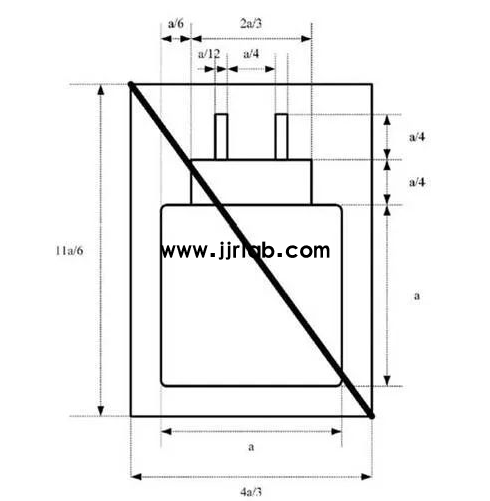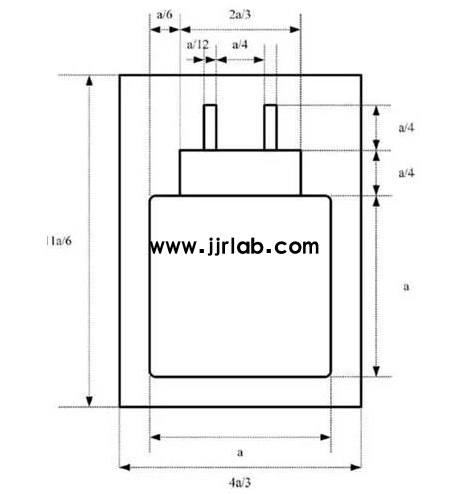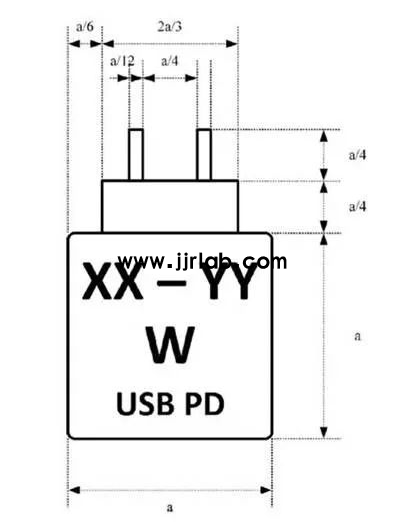
EU USB Type-C Charging Interface for Electronic Devices
EU Common Charger Revision Proposal
Due to the lack of uniform charging interface standards for electronic devices, resULting in excessive electronic waste, poor consumer experience, and wasted electronic resources, the European Commission proposed a significant initiative in 2019. This initiative aims to enhance consumer convenience by standardizing charging interfaces and promote the EU's green and digital transformation. The proposal recommends USB-C as the standard charging interface for 13 types of devices, including smartphones, tablets, cameras, headphones, portable speakers, and handheld video game consoles. Additionally, the revised EU Radio Equipment Directive (RED) suggests that chargers should be decoupled from device sales, and manufacturers should not impose "unreasonable" limitations on charging speed.
Implementation of Common Charger Requirements through the EU RED Revised Directive
- On December 7, 2022, the official journal published Directive (EU) 2022/2380 on universal chargers, supplementing the implementation requirements of Directive 2014/53/EU (RED) under Article 3.3(a).
- On June 27, 2023, the EU approved the adoption of IEC 62680-1-2 and -1-3 standards from the 2022 version.
Key Details of the EU RED Revised Directive
Scope of Application
The revised directive covers 13 types of wireless devices:
1. Handheld mobile phones
2. Tablets
3. Digital cameras
4. Over-ear headphones
5. Headsets with MICrophones
6. Handheld video game consoles
7. Portable speakers
8. E-readers
9. Keyboards
10. Mice
11. Portable navigation systems
12. In-ear headphones
13. Laptops
Transition Period Requirements
- Mandatory compliance dates:
- Categories 1-12: December 28, 2024
- Category 13 (laptops): April 28, 2026
- Products introduced to the market after these dates, whether new or existing models, must meet the new requirements.
- Inventory products already in the EU market before these dates are exempt and may continue to be sold legally.
Directive Content
1. Devices must be equipped with USB Type-C charging interfaces compliant with EN IEC 62680-1-3:2022 and support charging using compatible cables.
2. Fast-charging devices (>5V or >3A or >15W) must support the USB PD protocol defined in EN IEC 62680-1-2:2022.
3. Manufacturers may sell devices with or without chargers but must indicate this clearly on product labels or packaging.
4. By early 2025, the EU plans to update the ERP energy efficiency Directive 2019/1782 to include requirements for universal charger energy efficiency.
Labeling Requirements
- User manuals must indicate the device's power requirements:
> "The power delivered by the charger must be between [min xx] Watts required by the radio equipment and [max yy] Watts for maximum charging speed."
- Fast-charging devices must label compatibility with USB PD fast charging and any additional supported protocols.
- Packaging and user manuals should indicate fast charging specifications and whether a charger is included. This information must also appear next to the price label, with a width of at least 7mm.



Introduction to EN IEC 62680-1-2/-1-3 Standards
Overview of IEC 62680 Standards
The IEC 62680 series defines international standards for USB interfaces:
1. Key Content and Scope:
- Interface Specifications: Covers aspects of USB data and power interfaces, including USB specifications, jack cables and connectors, cable and connector types, and USB charging specifications. It standardizes physical dimensions, pin definitions, and electrical characteristics for compatibility between devices.
- Common Component Standards: Establishes standards for common USB interface components, such as power supply, battery charging, and audio device definitions, ensuring stability and reliability across various applications.
2. Important Sub-Standards:
- IEC 62680-1-2: Defines USB PD (Power Delivery) standards, including architecture, protocols, power behavior, connectors, and wiring for managing up to 100W power delivery. It provides flexibility for system OEMs, power supply developers, and peripheral designers, ensuring multifunctionality and market differentiation while maintaining backward compatibility.
- IEC 62680-1-3: Specifies the physical characteristics of USB Type-C cables and connectors, including dimensions, shapes, pin layouts, and insertion forces. This supports sleeker product designs, improved usability, and potential performance enhancements in future USB versions.
Email:hello@jjrlab.com
Write your message here and send it to us
 What Are the Testing Items of California Propositi
What Are the Testing Items of California Propositi
 E-Cigarette EU TPD Testing
E-Cigarette EU TPD Testing
 Testing Certification for E-cigarettes Exported to
Testing Certification for E-cigarettes Exported to
 What is Amazon US CPC Certification?
What is Amazon US CPC Certification?
 UK Toy Safety Regulation Standard EN 71-13
UK Toy Safety Regulation Standard EN 71-13
 What is EU UFI Registration?
What is EU UFI Registration?
 EU UFI Registration for E-cigarette E-liquid
EU UFI Registration for E-cigarette E-liquid
 How to get the MSDS Report for Electronic Cigarett
How to get the MSDS Report for Electronic Cigarett
Leave us a message
24-hour online customer service at any time to respond, so that you worry!




